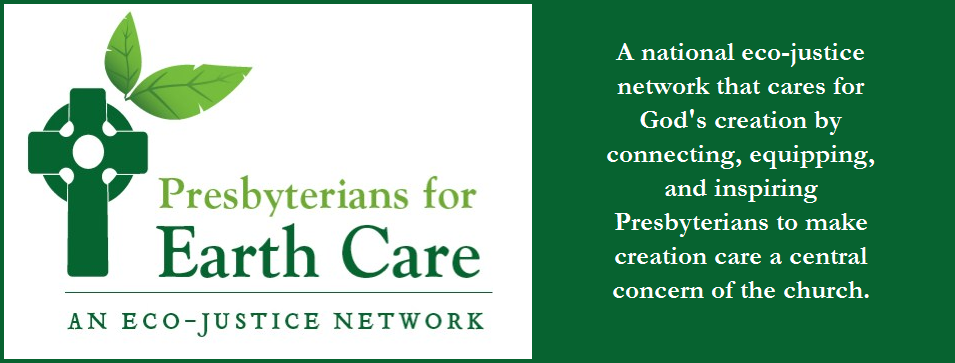An Unspoken Effect of Climate Change
Dr. Susan Clayton will speak about how climate change can affect our emotional well-being at PEC’s Conference on August 7, 7-8 PM EDT. You may watch her talk live by registering in advance. Below is an excerpt from Mental Health and Climate Change: Impacts, Implications, and Guidance that Dr. Clayton co-authored.
“MENTAL HEALTH
The ability to process information and make decisions without being disabled by extreme emotional responses is threatened by climate change. Some emotional response is normal, and even negative emotions are a necessary part of a fulfilling life. In the extreme case, however, they can interfere with our ability to think rationally, plan our behavior, and consider alternative actions. An extreme weather event can be a source of trauma, and the experience can cause disabling emotions. More subtle and indirect effects of climate change can add stress to people’s lives in varying degrees. Whether experienced indirectly or directly, stressors to our climate translate into impaired mental health that can result in depression and anxiety (USGCRP, 2016). Although everyone is able to cope with a certain amount of stress, the accumulated effects of compound stress can tip a person from mentally healthy to mentally ill. Even uncertainty can be a source of stress and a risk factor for psychological distress (Greco & Roger, 2003). People can be negatively affected by hearing about the negative experiences of others, and by fears—founded or unfounded—about their own potential vulnerability.
PHYSICAL HEALTH AND MENTAL HEALTH
Compromised physical health can be a source of stress that threatens psychological well-being. Conversely, mental health problems can also threaten physical health, for example, by changing patterns of sleep, eating, or exercise and by reducing immune system function.
COMMUNITY HEALTH
Although residents’ mental and physical health affect communities, the impacts of climate on community health can have a particularly strong effect on community fabric and interpersonal relationships. Altered environmental conditions due to climate change can shift the opportunities people have for social interaction, the ways in which they relate to each other, and their connections to the natural world.”
Clayton, S., Manning, C. M., Krygsman, K., & Speiser, M. (2017). Mental Health and Our Changing Climate: Impacts, Implications, and Guidance. Washington, D.C.: American Psychological Association, and ecoAmerica.
 Dr. Susan Clayton is Whitmore-Williams Professor of Psychology at the College of Wooster in Ohio. She has written or edited six books, including most recently Psychology and Climate Change (2018; co-edited with Christie Manning).
Dr. Susan Clayton is Whitmore-Williams Professor of Psychology at the College of Wooster in Ohio. She has written or edited six books, including most recently Psychology and Climate Change (2018; co-edited with Christie Manning).
“MENTAL HEALTH
The ability to process information and make decisions without being disabled by extreme emotional responses is threatened by climate change. Some emotional response is normal, and even negative emotions are a necessary part of a fulfilling life. In the extreme case, however, they can interfere with our ability to think rationally, plan our behavior, and consider alternative actions. An extreme weather event can be a source of trauma, and the experience can cause disabling emotions. More subtle and indirect effects of climate change can add stress to people’s lives in varying degrees. Whether experienced indirectly or directly, stressors to our climate translate into impaired mental health that can result in depression and anxiety (USGCRP, 2016). Although everyone is able to cope with a certain amount of stress, the accumulated effects of compound stress can tip a person from mentally healthy to mentally ill. Even uncertainty can be a source of stress and a risk factor for psychological distress (Greco & Roger, 2003). People can be negatively affected by hearing about the negative experiences of others, and by fears—founded or unfounded—about their own potential vulnerability.
PHYSICAL HEALTH AND MENTAL HEALTH
Compromised physical health can be a source of stress that threatens psychological well-being. Conversely, mental health problems can also threaten physical health, for example, by changing patterns of sleep, eating, or exercise and by reducing immune system function.
COMMUNITY HEALTH
Although residents’ mental and physical health affect communities, the impacts of climate on community health can have a particularly strong effect on community fabric and interpersonal relationships. Altered environmental conditions due to climate change can shift the opportunities people have for social interaction, the ways in which they relate to each other, and their connections to the natural world.”
Clayton, S., Manning, C. M., Krygsman, K., & Speiser, M. (2017). Mental Health and Our Changing Climate: Impacts, Implications, and Guidance. Washington, D.C.: American Psychological Association, and ecoAmerica.
 Dr. Susan Clayton is Whitmore-Williams Professor of Psychology at the College of Wooster in Ohio. She has written or edited six books, including most recently Psychology and Climate Change (2018; co-edited with Christie Manning).
Dr. Susan Clayton is Whitmore-Williams Professor of Psychology at the College of Wooster in Ohio. She has written or edited six books, including most recently Psychology and Climate Change (2018; co-edited with Christie Manning).

